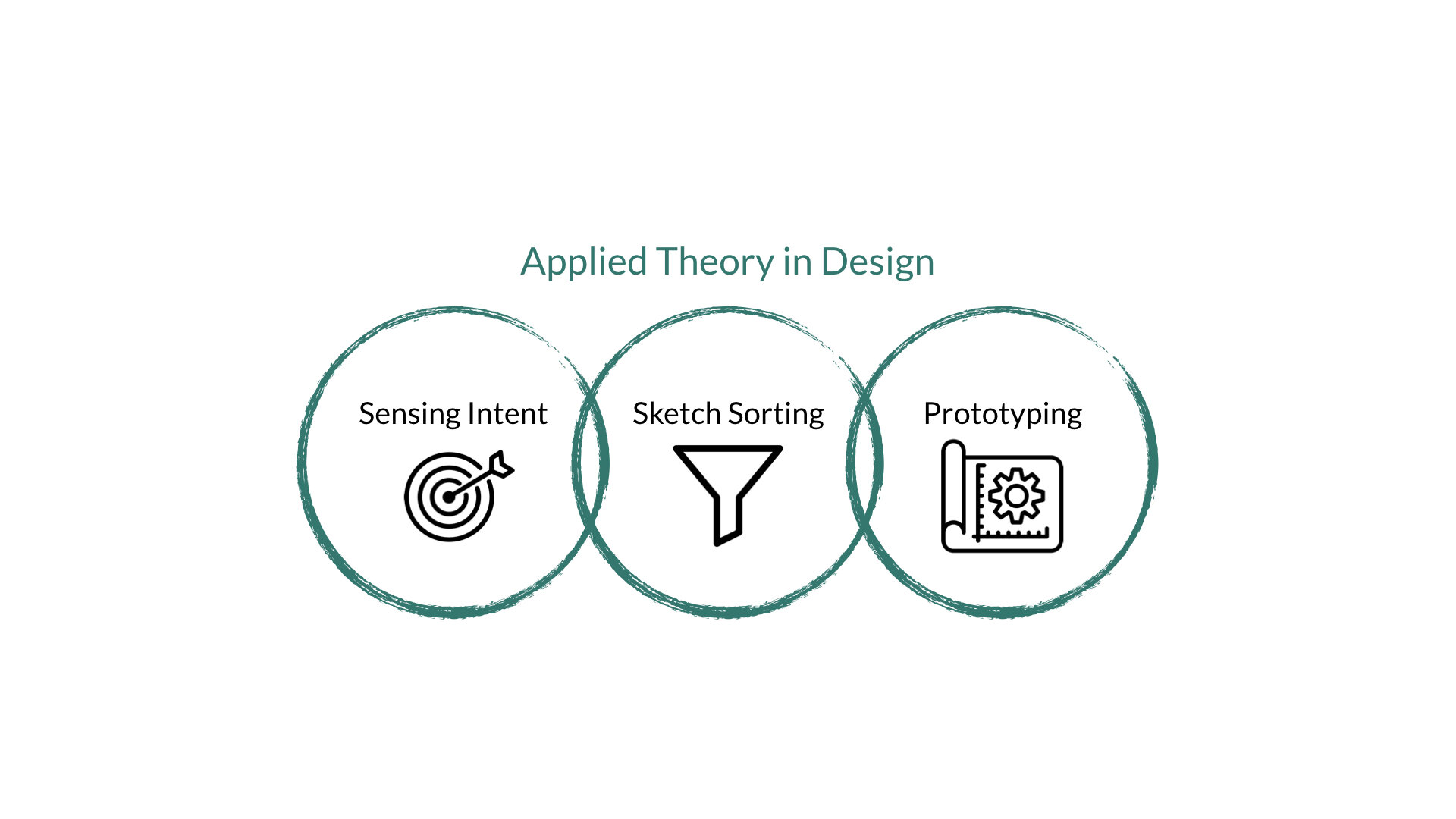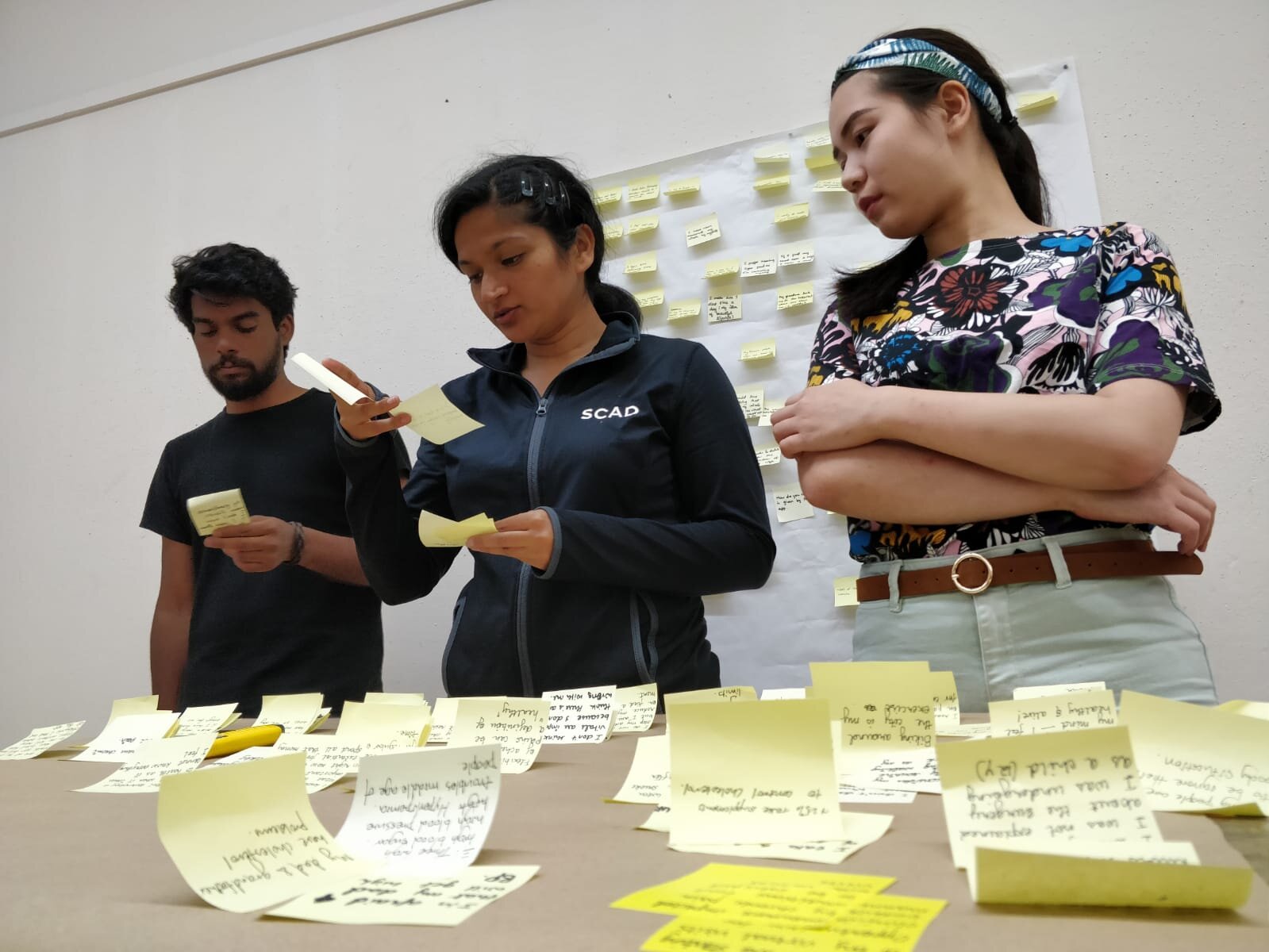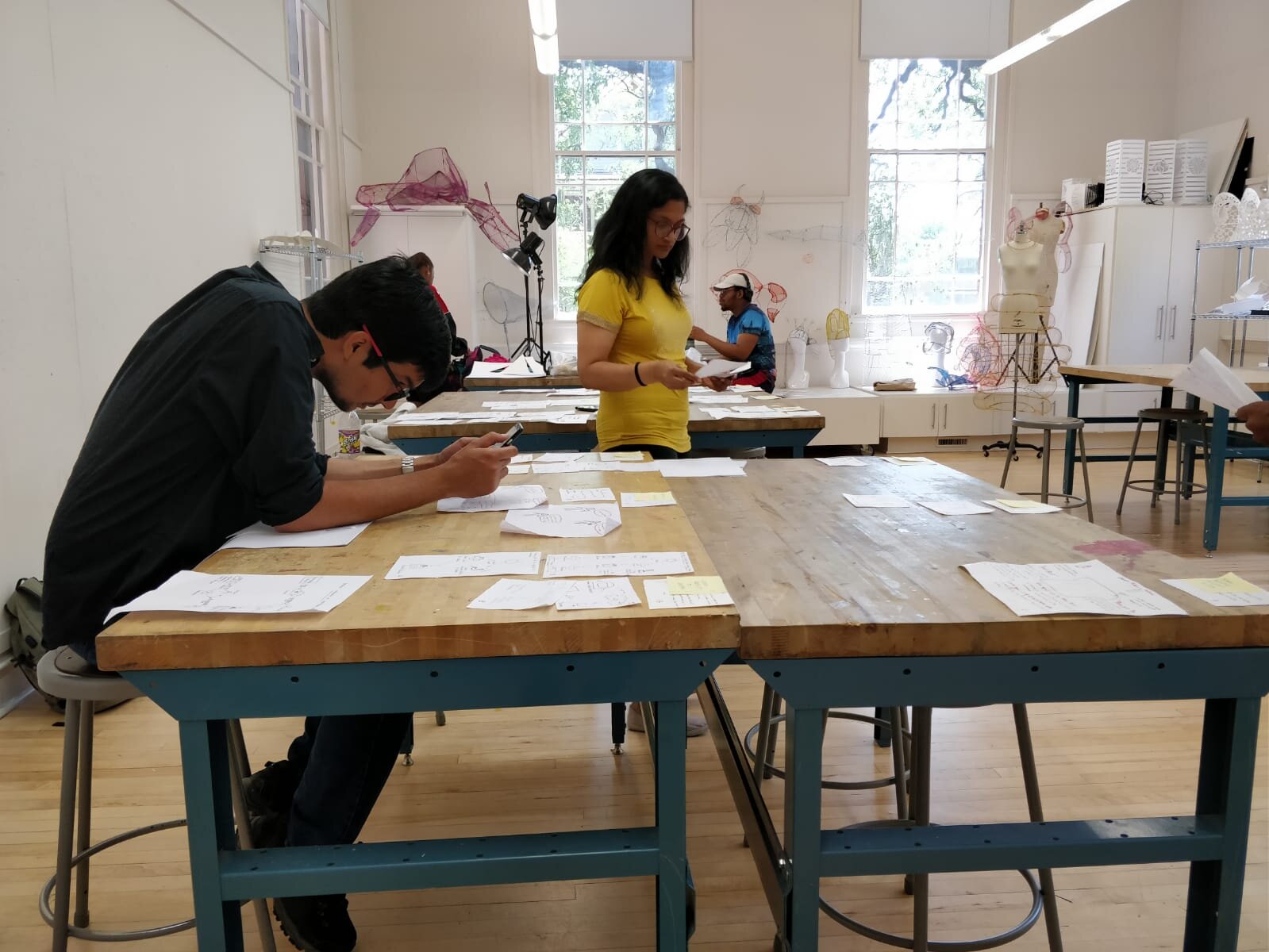
Great design is complexity
presented via simplicity.
- M Cobanli
Health & Wellness in Fast Lifestyles
Sensing Intent
Buzz Reports
From…To Exploration
Publications Research
Fine Human Factors
Ethnographic Interviews
Concept Sketching & Sorting
Entities Position Map
Low Fidelity Prototype Testing
Six Thinking Hats
Synopsis
The health sector is exponentially growing with advancements in technology. Utilizing tools of 101 design methods by Vijay Kumar, I set out to understand and empathize with users to understand their preferences, choices and behaviors in relation to the context of their health.
Through the process of contextual inquiry and cross function teams our team generated concepts that were visualized through sketches to depict working in abstract terms. They converted our ideas into concrete forms that were easy to understand, discuss, evaluate and communicate.
My Role & Contribution
Project Manager : Prepared a design research plan, and delegated tasks. Ensured timely deliverables and produced update presentations through the 10 week process
Documentation Manager : Documented all research findings through a process book and pitch presentation
Concept Facilitator : Facilitated group ideation sessions to generate concepts and ideas
Research Manager : Spearheaded the process of data collection, designed the discussion guide, led the rapid prototyping and testing phase of the project
Problem Statement
As per Deloitte’s 2019 Global Health Care Outlook Report, global health care spending is projected to increase at an annual rate of 5.4% in 2018–2022. It’s expected that health care’s evolution will have far reaching impacts as new business models emerge that blur boundaries and drive cross-sector and cross-industry convergence.
Surrounded by millennials and gen z who are constantly on the move and unable to consciously focus on their health, we wanted to conduct a user study on the attitudes and behaviors of students.
TARGET AUDIENCE
Millennials
Gen Z
Gen X
How might we use design thinking to perpetuate health & wellness in fast paced lifestyles?
How might we sustain motivation for users to be aware of their health conditions?
How might we define a positive scenario for health and wellness?
How might we overcome obstacles of time constraints to make health and wellness a top priority?
Timeframe
10 Weeks | Mar ‘19 - May ‘19
Savannah, GA
Week 1-3 | Trend Analysis
Week 4-5 | Data Collection
Week 6-7 | Data Synthesis
Week 8 | Concept Development
Week 9 | Rapid Prototyping and Testing
Week 10 | Medium Fidelity Prototype
Final Outcome
We developed a system that seamlessly integrates into your lifestyle.
Vie is a machine learning application that understands a user’s fast paced lifestyle to enable a user to take care of their health without their conscious intervention. Below are features of Vie explained.
Vie can predict future complications by gathering users’ data when it comes to sleep, hydration and stress. La Vie can sync with any existing wearable or health application on any phone to collect as much user generated data possible. It can also predict causes of small ailments related to vitals and stats.
Challenges & Learnings
The healthcare sector is vast and evolving constantly. This made it difficult for us to narrow down the problem. When it comes to their health, users are unsure and usually vague. One single product could not stand alone to solve our umbrella question.
A lot of analysis needed to be carried out to study trends and advancements in technology to fully narrow down on a problem. We had to do additional rounds of interviews and, surveys and observation exercises to ensure user data captured is valuable and accurate.





















